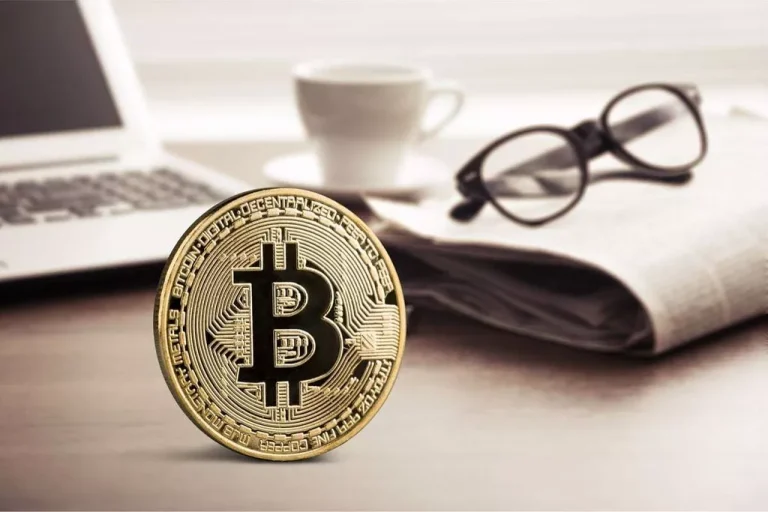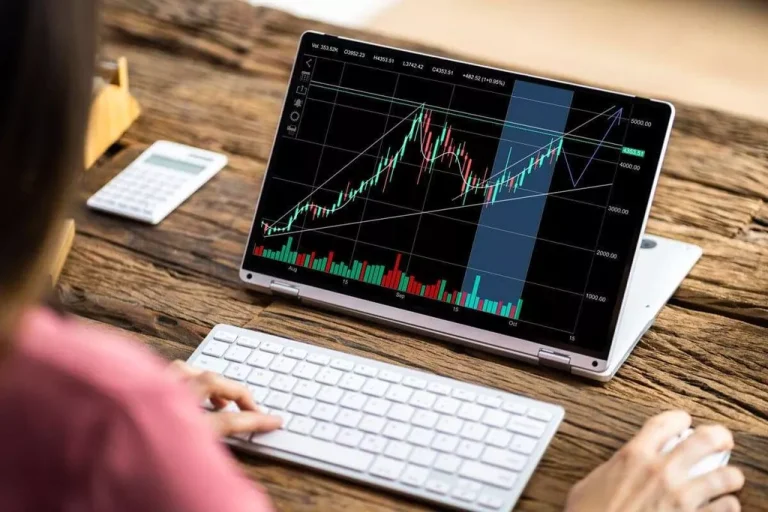Regulatory concerns and compliance current significant future developments and challenges in the crypto area. As the industry continues to grow, governments worldwide strive to ascertain frameworks to handle issues like money laundering, investor protection, and market stability. Striking a stability between innovation and regulation is crucial to foster belief and widespread adoption. Compliance with evolving guidelines and tips shall exit liquidity meaning crypto be essential for crypto companies to navigate this changing landscape efficiently. Seasoned copywriter with a targeted expertise in crypto and fintech, adept at translating complicated industry jargon into clear, partaking content. Driven by my mission to illuminate the intricacies of the crypto and fintech industries, my commitment is to create and deliver content material that educates, engages, and empowers.
Pools let users trade tokens directly from them with out counting on a centralized middleman. Liquidity providers play a crucial position in maintaining the pool liquid to forestall low liquidity situations. They earn rewards for pooling tokens, that are a portion of the trading charges. When customers contribute funds, they receive liquidity pool tokens representing their share of the pool. These tokens can be redeemed at any time, along with a portion of the trading fees generated by the pool. Decentralized exchanges (DEXs) use liquidity swimming pools so that traders can swap between completely different assets inside the pool.
Liquidity Pool
This article goals to demystify liquidity pools, exploring their technical underpinnings and practical implications for each novices and seasoned crypto fanatics. Yes, anybody can turn out to be a liquidity supplier by depositing crypto property into a liquidity pool. These assets might be any pair of tokens, together with stablecoins, which are cryptocurrencies designed to minimize worth volatility. A liquidity pool represents cryptocurrency locked in a wise contract on a DEX (decentralized exchange).

Market makers, individuals, or organizations that often supply purchase and sell orders for a sure asset, are one of the major main sources. They improve liquidity by decreasing bid-ask spreads, enabling traders to complete trades more rapidly. Liquidity pools improve market liquidity by allowing for extra efficient worth discovery, reducing slippage, and growing market liquidity.
Within the DeFi ecosystem, a number of key elements have emerged, including decentralized exchanges (DEXs), yield farming platforms, decentralized finance applications, and cross-chain liquidity pools. Token prices can drop, exposing liquidity providers to impermanent loss and impacting their total returns. Vulnerabilities in smart contract techniques can even lead to security dangers and, not only that, however in many circumstances, users do have limited control over their belongings until they withdraw their funds.
Automated Market Maker
Sometimes, due to worth fluctuations, the worth of deposited tokens may be quickly reduced. This situation known as impermanent loss, and it refers to when the worth of your tokens within the pool falls to be less than the value of the preliminary deposit. To start, liquidity of an asset is super essential for determining how easily it may be bought, bought and exchanged. Crypto liquidity pools work to make cryptocurrency easier to show round in transactions and improve their overall efficacy and utility. The fees are collected from the merchants who use your pool and are proportional to your pool share and the fee tier.
Stackswap is a cross-chain DEX for swapping BTC, ETH, and USDC (ERC20) with Stacks-based tokens (SIPs). With Stackswap, Bitcoin users can have a seamless on-ramp to explore the Stacks ecosystem of DeFi and other Web3 dApps. The platform makes use of Hiro Wallet for swapping property and STX tokens for transaction fees. To begin a liquidity pool, customers deposit equal values of two tokens into the pool, creating what is called a buying and selling pair.
Liquidity Pools Defined: Simplifying Defi For Beginners
It features on an Ethereum network and permits the trading of ERC-20 tokens in a decentralized method. Volatile changes can easily affect small asset parts, and misplaced property may be unrecoverable for investors who solely lock up a small asset portion to a liquidity pool. This article will inform you about liquidity pools, how they work, and a number of other other things you must learn about them. Be certain to double check that you’re connecting to a legitimate DEX, as there are many scams that focus on consumer wallets when they’re endeavor this step. Borrowers can take out loans secured by collateral, and customers can deposit property to obtain interest. In abstract, Liquidity Pools present increased liquidity, deepen market depth, enhance effectivity, and overcome the restrictions of conventional order book techniques.
- Sushiswap is a decentralized liquidity protocol built on the Ethereum blockchain.
- DeversiFi Protocol stands tall as a quantity one liquidity protocol, empowering customers with unparalleled buying and selling capabilities.
- A liquidity supplier will get rewarded with a profit proportion in change for supplying digital property to any liquidity pools connected to their wallet.
- An AMM (automated market maker) is a kind of decentralized trade protocol that uses a selected algorithm to price tokens.
- Liquidity pools work by offering an incentive for customers to stake their crypto into the pool.
Centralized exchanges like Bitstamp, match buyers and sellers (traders), who switch assets primarily based on an agreed-upon price. This model is identified as an order book, because all orders and their prices are recorded one-by-one on an inventory. Traders can then buy or sell tokens from these pools, which modifications the stability of tokens in the pool and subsequently, the worth.
Liquidity Pools Faqs
However, through the lockup period, additionally, you will purchase an earning portion of the transaction charges paid to make exchanges with the pool you committed your crypto. Some hardware wallets also supply straightforward DeFi integration Users of the KeepKey hardware pockets can even use the ShapeShift platform to work together with DeFi protocols instantly from their pockets. By actively contributing to Liquidity Pools, individuals become stakeholders within https://www.xcritical.com/ the ecosystem, aligning their interests with the platform’s success. This symbiotic relationship cultivates a vibrant group, propelling innovation and driving the general progress of the decentralized finance panorama. In comparison to traditional market-making models, AMMs provide a number of benefits. They present steady liquidity with out counting on exterior market makers or intermediaries, which boosts accessibility and reduces costs.
In conclusion, liquidity swimming pools have revolutionized the DeFi landscape, offering a decentralized and efficient solution to liquidity challenges. Their significance lies in enhancing market stability, facilitating seamless trading, and offering passive earnings opportunities. Yield Farming Platforms — have emerged as a popular development in DeFi, allowing users to earn passive earnings by lending or offering liquidity to various protocols. Users can earn curiosity and borrow towards their collateral by depositing assets right into a Compound.

Cross-chain Liquidity Pools — facilitate the seamless switch of assets throughout totally different blockchain networks. Thorchain enables cross-chain swaps by offering liquidity swimming pools that enable customers to trade belongings from varied blockchains. Through its decentralized community, Thorchain reduces the reliance on centralized exchanges and promotes interoperability among different blockchain ecosystems. Cross-chain liquidity pools like Thorchain are pivotal in fostering a more related and environment friendly DeFi landscape. Decentralized finance (DeFi) has gained significant traction lately, revolutionizing the traditional financial landscape.
Liquidity pools work by offering an incentive for customers to stake their crypto into the pool. This most frequently comes within the form of liquidity providers receiving crypto rewards and a portion of the buying and selling charges that their liquidity helps facilitate. However, you will want to observe that liquidity pools in DeFi additionally come with dangers.

One essential operate of an AMM is making certain that asset valuations remain correct, so users making swaps aren’t dropping (or gaining) worth in comparability with market costs of their crypto. One method they do this is stabilizing asset prices in accordance with their fluctuations within a liquidity pool. Liquidity providers earn rewards within the type of trading fees for his or her role in facilitating transactions. It’s essential to note that rewards are not solely influenced by buying and selling volume but in addition by the value volatility of the tokens in the pool. Liquidity pools have emerged as a vital factor, reshaping how digital property are traded and providing distinctive opportunities for investors.
A liquidity supplier gets rewarded with a profit share in trade for supplying digital assets to any liquidity swimming pools connected to their pockets. These are pools of funds that provide liquidity for different DeFi activities. When someone wants to borrow USDC in exchange for ETH, for instance, the tokens they obtain will come from an present liquidity pool containing the mandatory funds. The protocol’s native token, CAKE, plays a vital position in governance and incentivizing individuals. With its low fees and quick transactions, PancakeSwap has gained recognition as a user-friendly and cost-effective different to different decentralized exchanges. To mitigate impermanent Loss, LPs can make use of strategies corresponding to impermanent loss insurance, yield farming, or choosing swimming pools with decrease volatility.
DeversiFi Protocol stands tall as a leading liquidity protocol, empowering customers with unparalleled trading capabilities. It harnesses the ability of decentralized finance to offer a seamless and secure trading experience. As a liquidity supplier, you’ll must contribute an equal worth of each tokens in a buying and selling pair to the pool.
Bridges are points that enable users to maneuver between two totally different blockchains. Confirmation time refers again to the period of time it takes for a transaction to be verified and added to the blockchain. Liquidity swimming pools already have reserves of the crypto pair you wish to trade, allowing for quicker, reliable exchange.